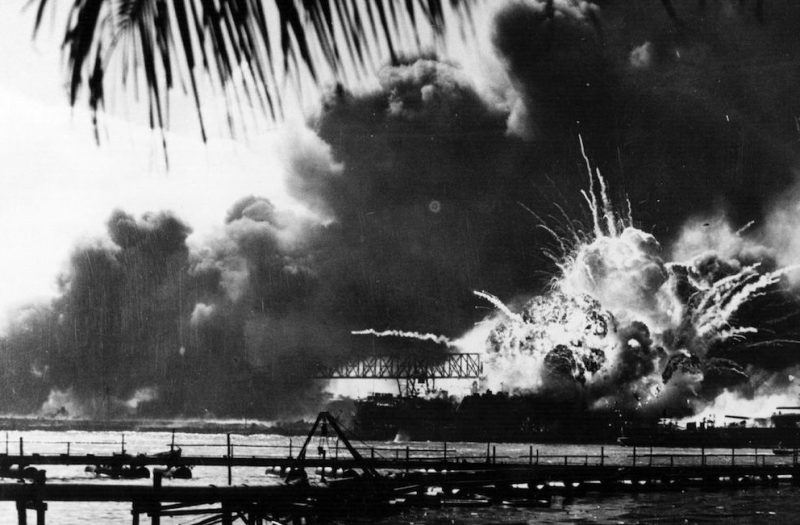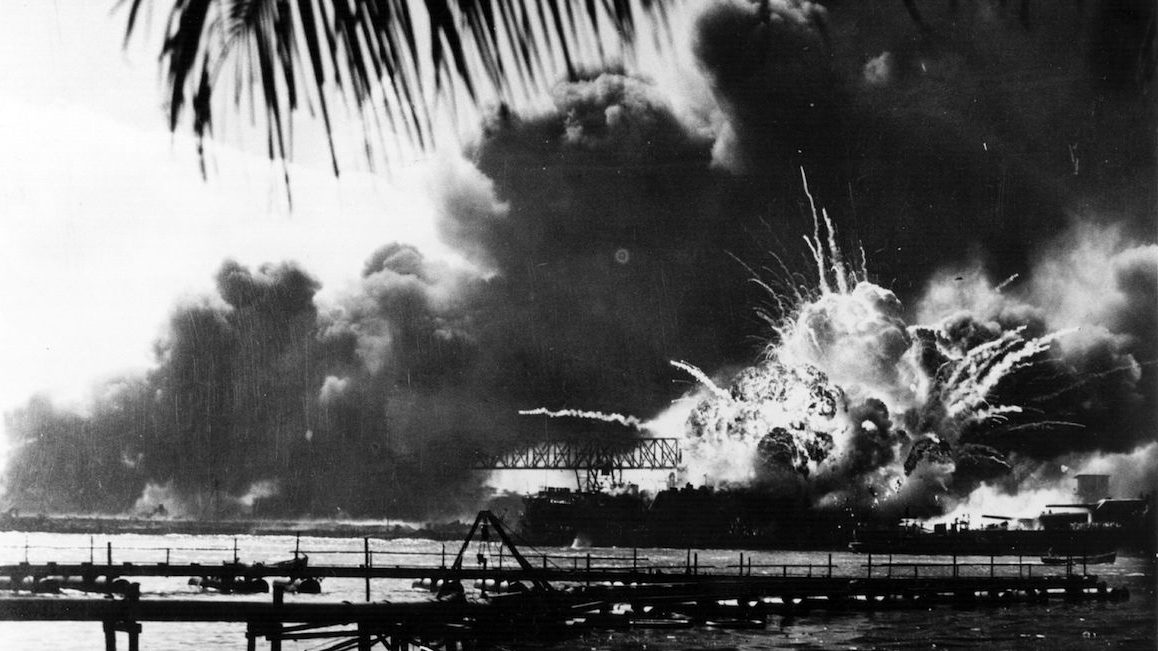
On the 75th anniversary of Pearl Harbor, it’s still easy to ask: Could it have been, if not prevented, at least minimized? After all, it remains the darkest day in U.S. Naval history, leaving over 2,400 Americans dead. Steve Twomey delved into this question for Smithsonian magazine. He writes:
“Although the disaster destroyed the careers of both the Navy and the Army commanders on Oahu, exhaustive investigations made it clear that its causes went beyond any individual in Hawaii or Washington, D.C. Intelligence was misread or unshared. Vital communiqués were ambiguous. Too many search planes had been diverted to the Atlantic theater.”
Most damningly, he reports that “Americans simply underestimated the Japanese.” (In particular, he asserts that far too much faith was placed in Japan knowing how powerful America was and reaching the same conclusion that most Americans would: there was no point in attacking.)
Twomey documents the actions of both Japan and the United States ahead of December 7, 1941. He finds evidence there was some awareness of the Japanese threat, though a reluctance to offer a decisive response. Here’s one example: On November 27, Harold Stark, the chief of naval operations in Washington, actually sent out a “war warning” to all U.S. Navy posts in the Pacific. However, he declined to specify what they should do to prepare themselves.
There was a more definite warning the day of the attack, one that was tragically ignored. Two privates actually identified what turned out to be the approaching Japanese air assault on their oscilloscope (a primitive form of radar that you learn more about at the bottom). While they by no means were certain what they had witnessed, they reported it while the planes were roughly 15 miles away.
Their concerns were dismissed.
To read the full article and better understand how Pearl Harbor happened, click here. Below, learn more about the oscilloscope and its role in the war.
This article appeared in an InsideHook newsletter. Sign up for free to get more on travel, wellness, style, drinking, and culture.

























